The 2015 Paris Agreement marked a turning point in the fight against climate change, but nearly a decade later, the world still faces many challenges.
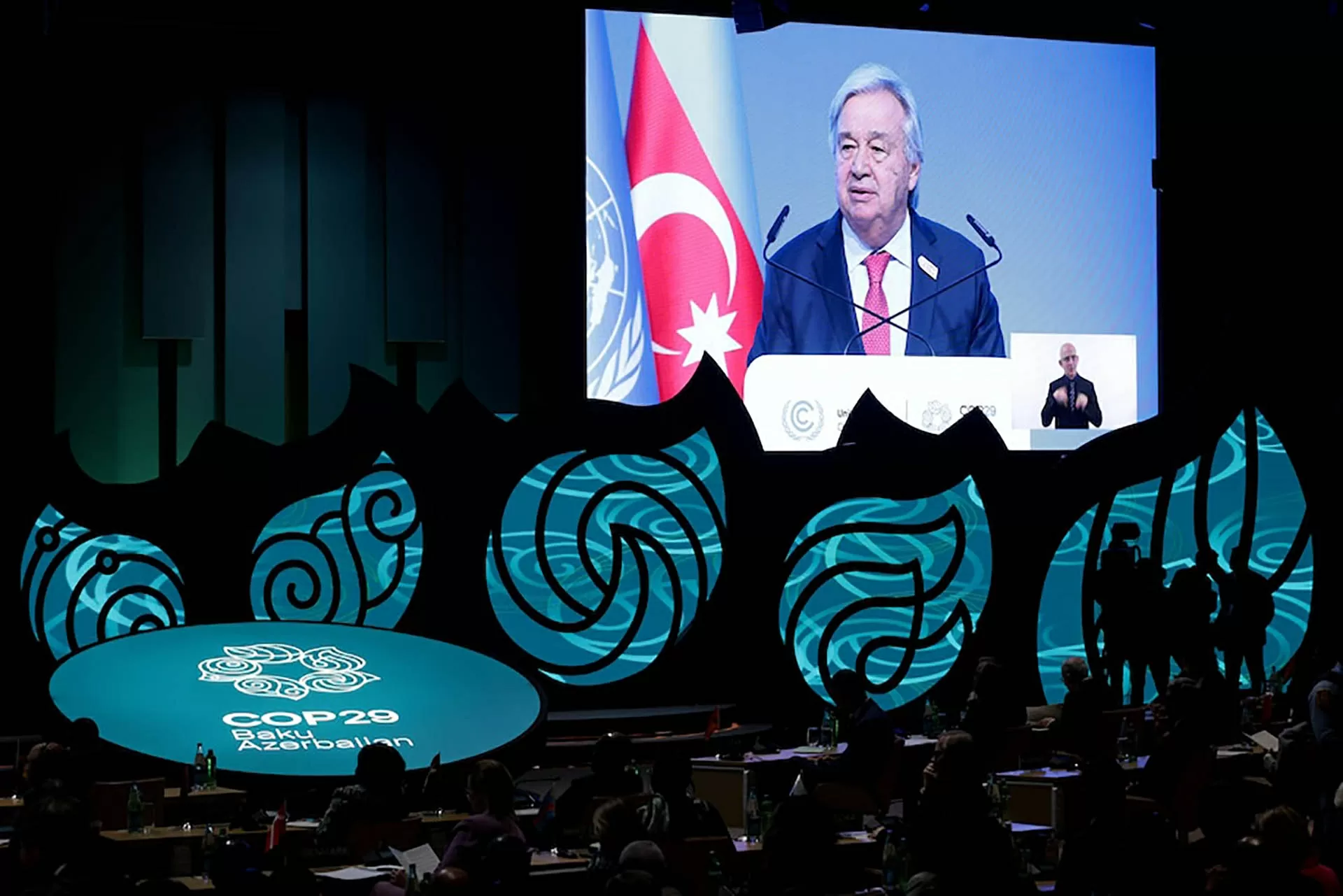 |
| United Nations Secretary-General António Guterres addresses world leaders at COP29 in Baku, Azerbaijan, November 12, 2024. (Source: Getty Images) |
In December 2015, at the 21st United Nations Climate Change Conference (COP21) held in Paris, France, the world reached a historic agreement in the fight against climate change, called the Paris Agreement.
The Paris Agreement was created to replace the Kyoto Protocol (1997), which only bound developed countries to reduce emissions, with a more comprehensive mechanism with the participation of all countries.
Key commitments
One of the most important contents of the 2015 Paris Agreement is the goal of limiting the increase in global temperature to well below 2°C compared to pre-industrial levels, while striving to limit the increase to 1.5°C to minimize the negative impacts of climate change. This is a central goal to protect ecosystems and human livelihoods from increasing environmental risks.
Countries that have signed up to the Paris Agreement also committed to reducing greenhouse gas emissions through Nationally Determined Contributions (NDCs). Each country must submit a specific action plan and update its commitment every five years, with the expectation of increasing ambition to reduce emissions.
Another key element is increased adaptation and financial support for developing countries. Developed countries have committed to mobilizing at least $100 billion a year to help poorer countries adapt to climate change, with a goal of increasing their contributions after 2025. This finance is essential to promoting environmental protection and sustainable development initiatives in the most vulnerable countries.
In addition, the Paris Agreement also sets out a transparency and progress assessment mechanism to monitor the implementation of countries' commitments. A regular reporting system is established to help assess the level of compliance and make timely policy adjustments if necessary.
| At COP26 (November 2021 in the UK), Prime Minister Pham Minh Chinh pledged that Vietnam will develop and implement strong greenhouse gas emission reduction measures using its own resources, along with cooperation, financial support and technology transfer from the international community, especially developed countries, including implementing mechanisms under the Paris Agreement, to achieve net emissions of "0" (abbreviated as Net Zero) by 2050. |
10 years for progress
Nearly a decade after the Paris Agreement, the world has seen significant progress in tackling climate change. Many countries have made bold commitments to reduce emissions and transition to a green economy.
Commitments to carbon neutrality are growing, with the European Union (EU) aiming for net zero emissions by 2050, China vowing to peak emissions by 2030 and move towards carbon neutrality by 2060. Russia aims for carbon neutrality by 2060 while India has pledged to achieve carbon neutrality by 2070 and ramp up investment in renewable energy.
The growth of renewable energy is a bright spot in this journey. According to the International Energy Agency (IEA, 2023), solar and wind have experienced record growth, accounting for 80% of new global power generation capacity in 2022. The cost of installing solar has fallen by 89% since 2010, while the cost of wind power has fallen by 70%, giving many countries the opportunity to transition away from fossil fuels and accelerate the process of reducing emissions.
“The explosive growth of renewable energy over the past decade is a positive sign, but to meet our climate goals, we need to further accelerate investment in clean energy infrastructure,” said IEA Executive Director Fatih Birol.
Regarding climate finance, global financial institutions have committed to mobilizing hundreds of billions of USD to support developing countries in implementing emission reduction and climate change adaptation programs. The World Bank has committed to spending 200 billion USD in the 2021-2025 period for climate projects. The International Monetary Fund (IMF) has also launched a 50 billion USD Resilience and Sustainability Fund from 2023 to support low- and middle-income countries in coping with climate change.
The private sector is also playing a key role in the fight against climate change. More and more large companies are committing to green projects, using clean energy and adopting sustainable technologies to “reduce their carbon footprint”, such as Amazon, which has committed to invest $2 billion in the Climate Fund to support companies developing technologies to reduce emissions, or Microsoft, which aims to become a net-negative company by 2030 and invests $1 billion in the Carbon Innovation Fund.
At COP29 (November 2024 in Azerbaijan), developed countries pledged to triple climate finance, aiming to mobilize $300 billion per year to support developing countries. The ambitious overall target is to mobilize at least $1.3 trillion per year by 2035, not only from developed countries but also from the private sector.
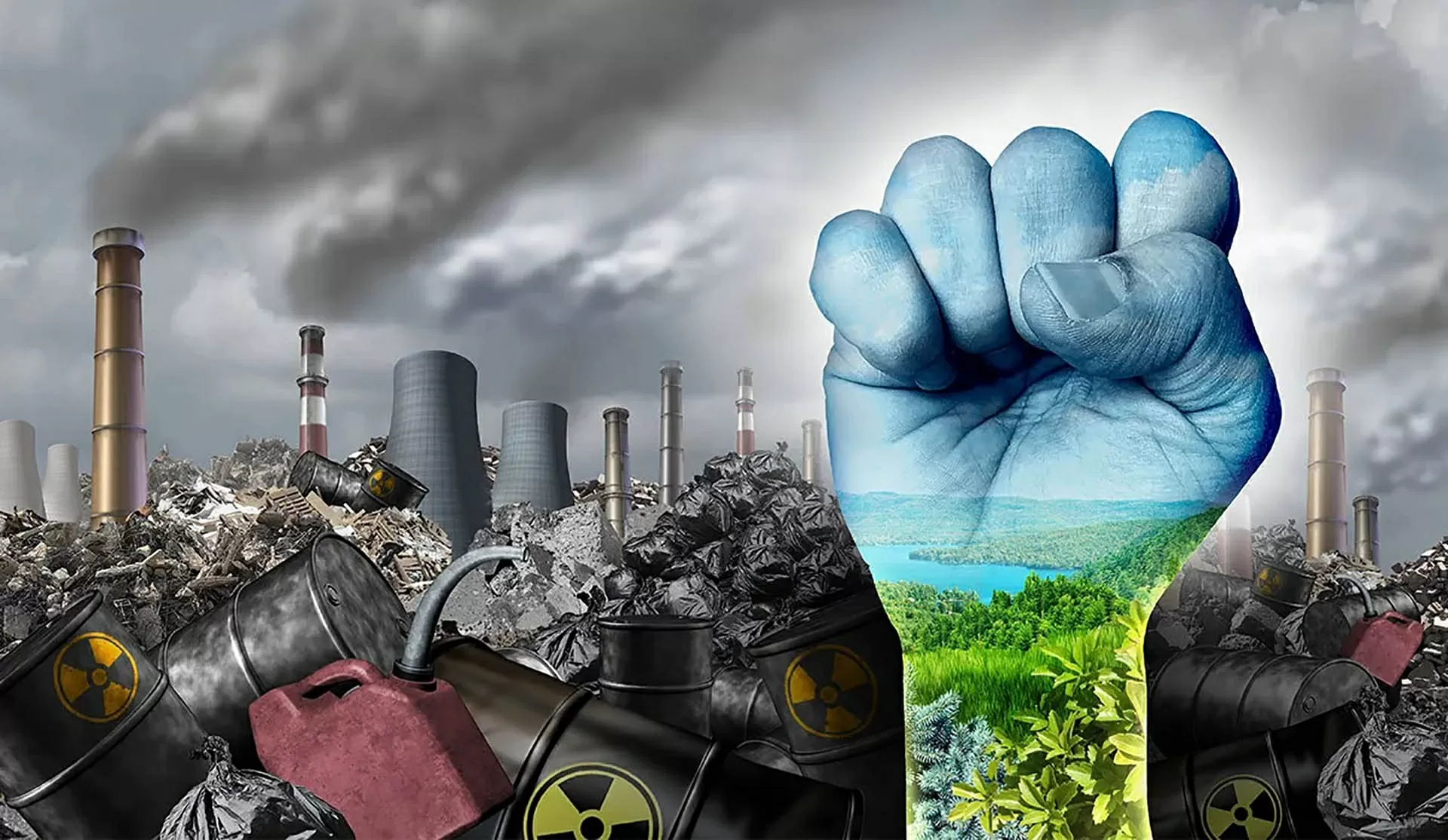 |
| Combating climate change is a “long-term battle” that requires global solidarity, but the international community needs to join hands now to fulfill its commitments to ensure a sustainable future. (Source: Dreamstime) |
The dilemma
Despite the progress, the Paris Agreement still faces many difficulties. In 2024, Professor Johan Rockström, Director of the Potsdam Institute for Climate Impact Research, told Nature Climate Change : “The current rate of emissions reduction is still not enough to keep temperature increases below 1.5°C.”
Some countries have yet to provide a clear roadmap or take specific measures to achieve carbon neutrality.
In 2025, countries are required to submit new NDCs, including ambitious economy-wide emission reduction targets by 2035, consistent with limiting global warming to 1.5°C and increasing resilience to climate impacts. However, according to the United Nations Framework Convention on Climate Change (UNFCCC) report, most countries have yet to meet the deadline for submitting their NDCs (February 10, 2025), causing a lack of transparency and undermining global momentum to meet commitments.
Climate finance continues to be a challenge as support for developing countries has yet to reach its commitment. According to the UNFCCC report at COP29, developed countries have not yet met their target of contributing $100 billion per year under the Paris Agreement, making it difficult for vulnerable countries to implement projects to reduce emissions and adapt to climate change. In addition, the commitment to increase finance to $300 billion per year from COP29 remains challenging due to a lack of coordination between governments and the private sector.
The Financial Times quoted expert Nicholas Stern from the London School of Economics and Political Science (UK) as saying: "Climate finance is still not enough to meet the needs of developing countries and there needs to be strong innovation in the way of mobilizing resources."
Reliance on fossil fuels remains a major obstacle. According to the IEA 2024 report, global coal production will reach 8.3 billion tons in 2023, while oil consumption will continue to increase, reaching 102 million barrels per day in 2023, despite commitments to transition to clean energy. In addition, the Financial Times assessed that natural gas is also forecast to maintain growth, with global demand increasing by 2% per year until 2030, as many countries consider it a transition fuel in the process of reducing emissions.
In particular, the withdrawal of the United States, the world's leading power, from the Paris Agreement in 2017 during President Donald Trump's first term in office has caused a significant disruption in global efforts to reduce emissions. According to the Climate Action Tracker (2018), this decision caused US CO2 emissions to increase by about 3% in 2019 compared to the scenario if the country maintained its commitment. At the same time, the Institute of International Finance (IIF) estimates that the US has cut about $2 billion in financial commitments to international climate initiatives, affecting its ability to support developing countries in the clean energy transition.
Although the US rejoined the Paris Agreement in 2021 under President Joe Biden, in 2025, the Trump administration once again signed an executive order to withdraw from the agreement, raising great concerns about the risk of "history repeating itself" in the fight against climate change.
At COP29, UN Secretary-General Antonio Guterres warned: “The sound you hear is a ticking clock. We are in the final countdown to limit global temperature rise to 1.5 degrees Celsius. And time is not on our side.”
Combating climate change is a “long-term battle” and requires global solidarity, but the international community needs to join hands immediately to implement climate commitments “to ensure a sustainable future,” as UNFCCC Secretary-General Simon Stiell said at COP 29.
NDC is the contribution that each country commits to in response to climate to achieve the goals of the Paris Agreement. Each country must provide a specific action plan and update its commitment every 5 years. The 2035 NDC, which includes economy-wide emission reduction targets by 2035, was due on February 10, but according to UNFCCC data updated as of February 12, only 14 countries have submitted them. |
Source: https://baoquocte.vn/hanh-dong-vi-khi-hau-duong-dai-chong-gai-304979.html









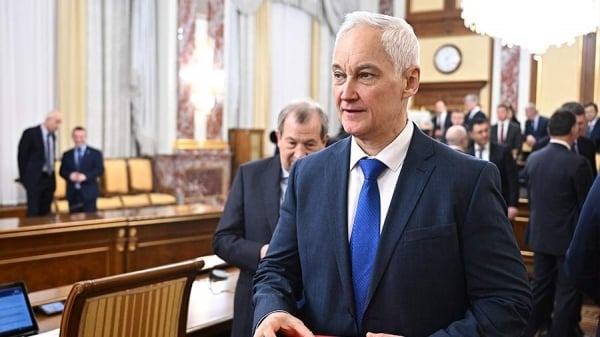


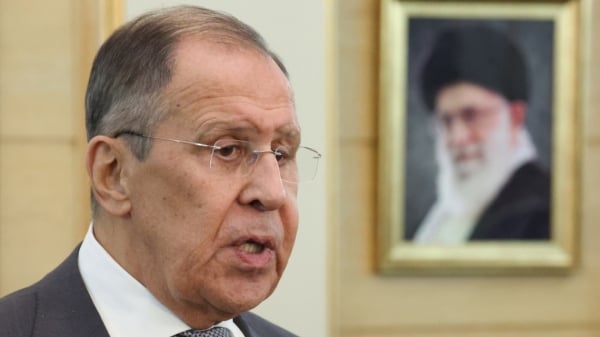

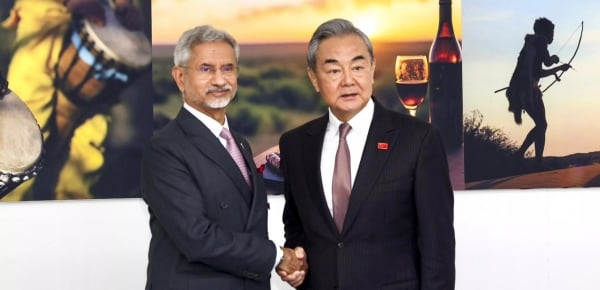















Comment (0)